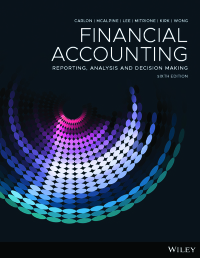Answered step by step
Verified Expert Solution
Question
1 Approved Answer
3 300 0.2046 5802167 57502220304 0.180 0. 11 0.0001 Di 13000.1106 0.14560125 13.300.000 O OKO 7312 357 0.63560 3116 07972 2008 0.7118 0 Ods, PVIF

Step by Step Solution
There are 3 Steps involved in it
Step: 1

Get Instant Access to Expert-Tailored Solutions
See step-by-step solutions with expert insights and AI powered tools for academic success
Step: 2

Step: 3

Ace Your Homework with AI
Get the answers you need in no time with our AI-driven, step-by-step assistance
Get Started


